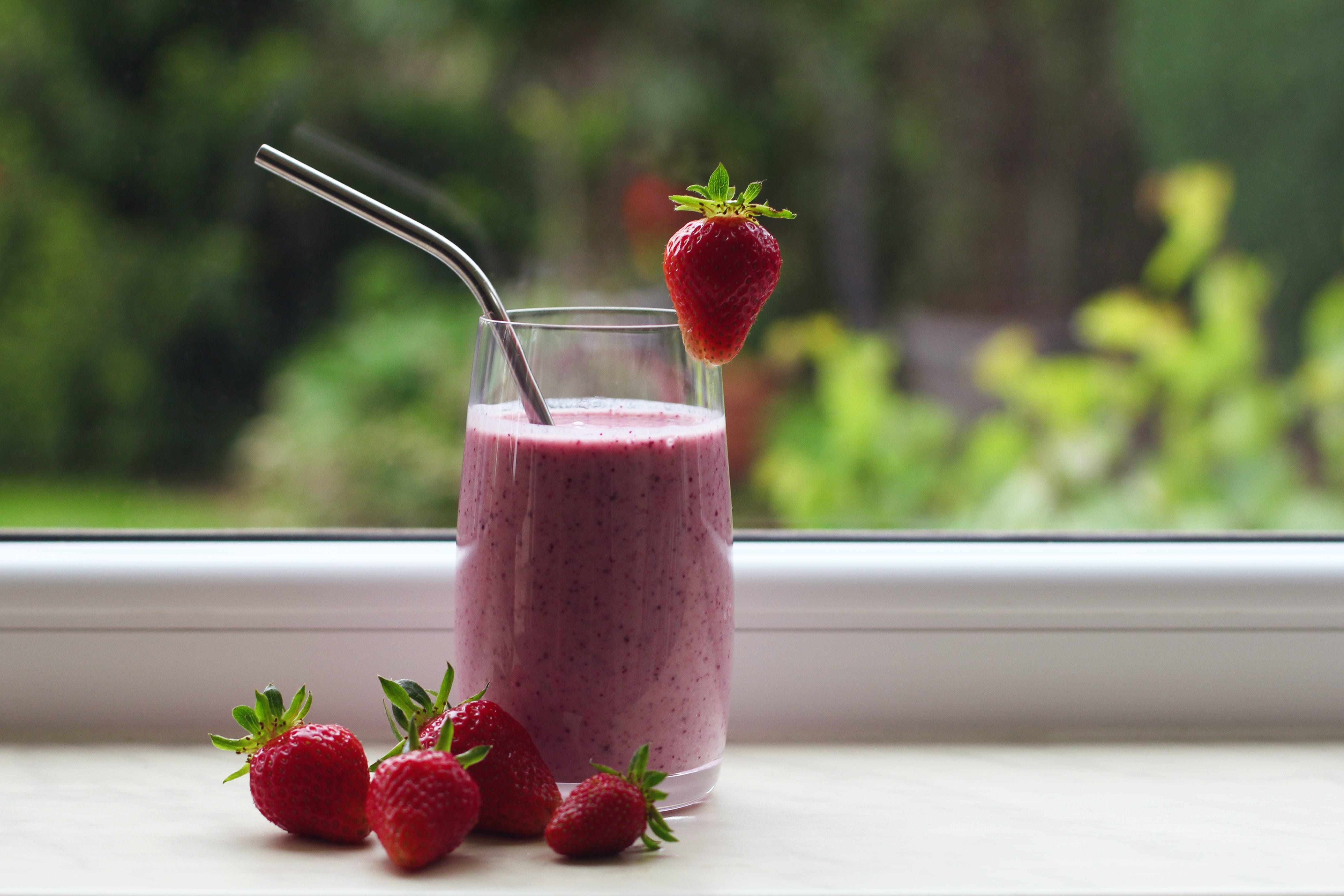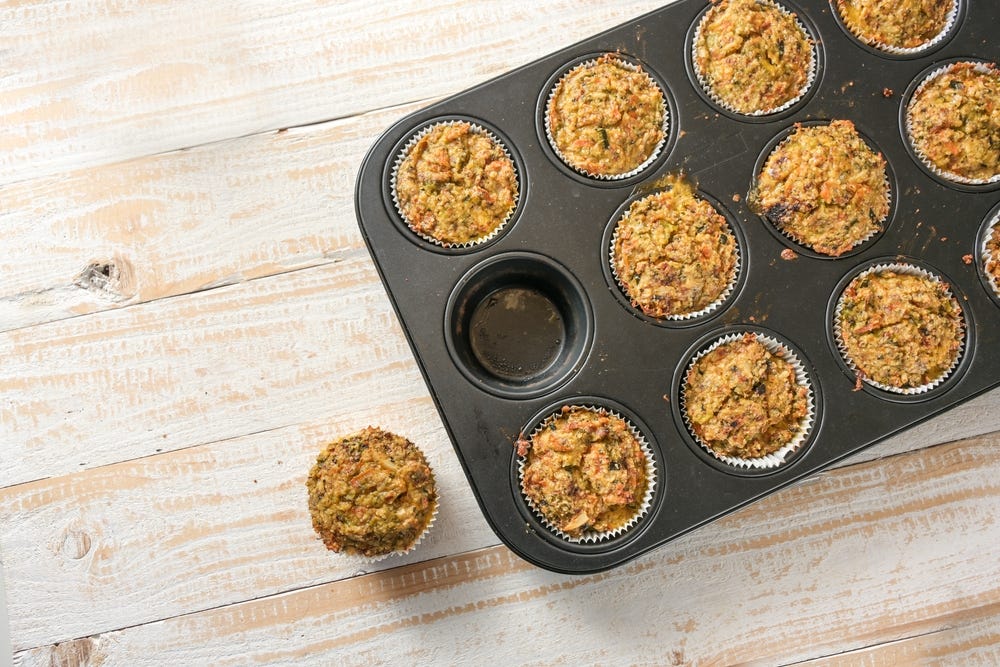
3 Ways to Get Your Kids to Eat Veggies
Love them or hate them, vegetables are an essential part of a healthy diet.
As one of the five recommended food groups, plant foods provide energy, vitamins, nutrients, fibre and water, and even protect against diseases. The Australian Dietary Guidelines recommends that toddlers have 21⁄2 serves of veggies every day, from a wide variety of plant foods.
We know that getting little ones to eat their greens is easier said than done, so we asked an experienced mother and nutritionist, Karina Savage from Tricky Little Tummies to share her top tips on how to get more plant foods into our children (while nourishing their insides!).
Here are 3 tips to get more plant foods into little ones!
1. Make it a lunchbox must-have!
Include plant foods in the lunch box daily and slowly, but surely, teach them that they need to eat it.
How do we do this? Firstly, make veggies a regular and consistent part of their meals, from a young age. Small bite-sized pieces of raw vegetables are often the most appealing option to a little one.


I would recommend having a conversation with them about which veggies they like and dislike, and also what form they like them in – raw, cooked, tinned, whole, grated or in pieces. This might seem trivial, but how the vegetable is presented can definitely influence their acceptance in the early days.
We also need to be clear with the expectation that children need to do their best to try to eat the veggies at school. If this doesn’t happen, then veggies may be making a regular appearance at afternoon tea!


2. Kids love fun, we all do…so make plant foods fun!
Do you have fussy eaters in the family? There are lots of great ways parents can turn mealtimes into fun times, whether it’s with songs, decorations or games. For me and my family, we love playing the game of lucky dip!
How to play: make a colourful chopped salad (mine is usually filled with capsicum, cucumber, avocado and olives, dressed with some yummy olive oil and a nice vinegar!) and place the bowl in front of your child. Get them to cover their eyes with one hand, whilst the other hand dips the fork into the salad to see what comes – lucky dip! Take turns until the salad is all gone.
What other fun games could you play while enjoying food together? (and I’m not talking about spaghetti fights across the table!)
3. Be creative with snacks
Aside from the regular chopped carrot, cucumber and capsicum, think outside the box and explore a wide spectrum of plant foods.
I’d recommend black or green olives, baby gherkins, roasted capsicum, baby corn, baked beans, tinned beetroot, frozen peas or even dried legumes, such as chick peas and fava beans. Avocado, pesto or hummus (especially the ones with a high percentage of chickpeas) on rye crackers are also good options!
Above all, don’t forget to celebrate the small wins!
It’s important to nourish our children with the right nutrition, but as a parent, I know that it can get quite challenging. When it comes to healthy eating, every small win is a win for your little one’s immune system – and they all add up!


What are some other ways you get more veggies into your little one’s diet?
Join the conversation and share your thoughts via our Facebook and Instagram.
Karina Savage has over fifteen years of clinical paediatric experience and is the director of Tricky Little Tummies in Sydney. She has worked with the Gastroenterology Department at the Women’s and Children’s Hospital in researching infant colic and childhood allergy/intolerance.



